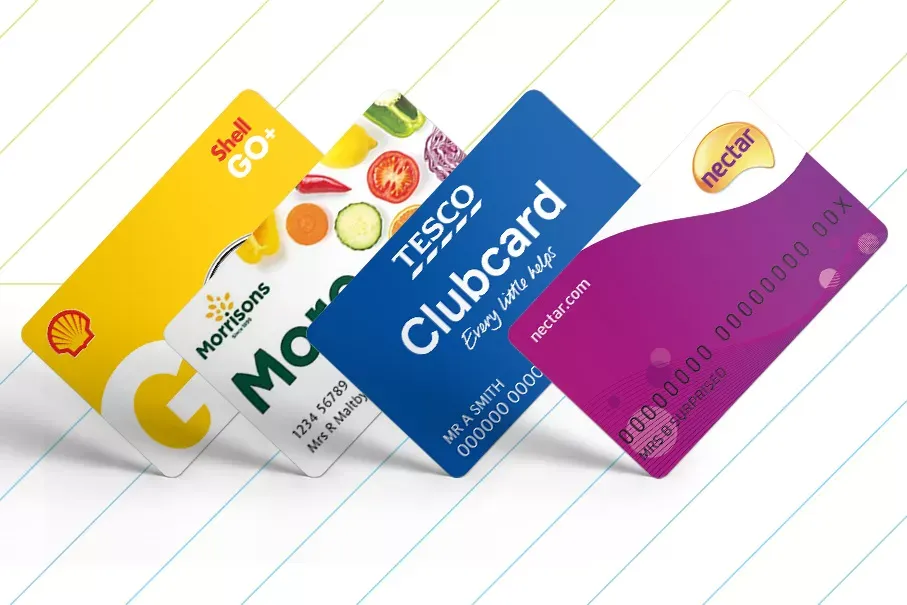06/10/2015
Every fleet business runs on its tyres. Long distance or short haul, improperly inflated and maintained tyres can have a significant effect on performance, fuel consumption and profit.
Reports suggest that 20m litres of fuel are unnecessarily consumed annually because of under-inflated tyres. Translated into monetary and environmental figures, that’s well over £20m in extra fuel expenditure, plus an estimated 200m tyres coming to the end of their lives too early.
Based on an average tyre price for a Ford Transit, this figure alone represents unnecessary annual global fleet spending running into billions.
Environmentally speaking, running tyres at incorrect pressure accounts for 2m tonnes of carbon dioxide escaping into the atmosphere thanks to increased fuel consumption. A tyre inflated to 15psi (1 bar) below its manufacturer’s recommendation can cause a 6% increase in fuel consumption. Studies including those conducted by Michelin suggest that over 7% of commercial vehicle tyres are running on pressures over 20% below the manufacturer’s recommendations.
Is your fleet wasting money and burning extra fuel due to poor tyre health? Check the information in this article against your current practices. You could start saving as much as £1,380 per vehicle per year.
Rolling resistance and fuel consumption
Increased fuel consumption is caused by higher rolling resistance in the deflated tyre. Rolling resistance is a loss in energy created as the tyre wall deforms while your fleet vehicles are moving: the energy is lost to drag forces created by the softer tyre.
Manufacturer’s recommendations for tyre pressure are based on maximising performance (the tyre’s ability to hold the road at normal loads and speeds) as well as fuel efficiency. Keeping your tyres inflated at the manufacturer’s recommended level ensures the ideal balance between fuel use and safety.
What to check on your tyres, and when
Overall, fuel consumption costs are estimated to fall by between 2% and 15% when your tyres are correctly fitted and inflated. ‘Correctly fitted’ means having the right tyre for your vehicle’s size, weight and load, as well as the time of year.
Tyre pressures should be checked routinely - at least once a month for smaller vehicles, and before every long trip. Large commercial vehicles should have their tyres checked on a very regular basis, and may benefit from the installation of direct tyre pressure monitoring systems.
A direct tyre pressure monitoring system checks the individual pressurisation of every tyre, either from a sensor located inside the tyre or inside a modified valve cap. For tractor and trailer-type commercial vehicles, these systems can provide vital performance and safety information, particularly in cases where double wheels may adversely affect each other’s performance with differing inflation pressures.
Fuel efficient tyres
Since 2012, tyres have been labelled with grip and economy scales, which colour-code the efficiency of the tyre from A to G. A is green, G is red, and the gradations in between go through pale greens, yellows and oranges in much the same way as the Energy Performance Certificate (EPC) for a property. Green is highly efficient, red is very poor: but because the scale attempts to measure more than one factor (fuel efficiency as well as grip), it’s wise to consider the bigger picture.
Fuel efficiency is just one factor affecting the performance of your tyre. In specific conditions, for example poor seasonal weather, it is more important to grip the road securely than it is to spend less money on petrol. Eco friendly tyres, which have stiffer compounds in the tyre walls, may raise your fuel efficiency levels but are also less likely to perform well at speed or in extreme weather conditions.
How do you monitor your fleet tyre pressures? Are your vehicles likely to be in the ‘20% below recommended pressure’ bracket? Let us know on LinkedIn and Twitter.


